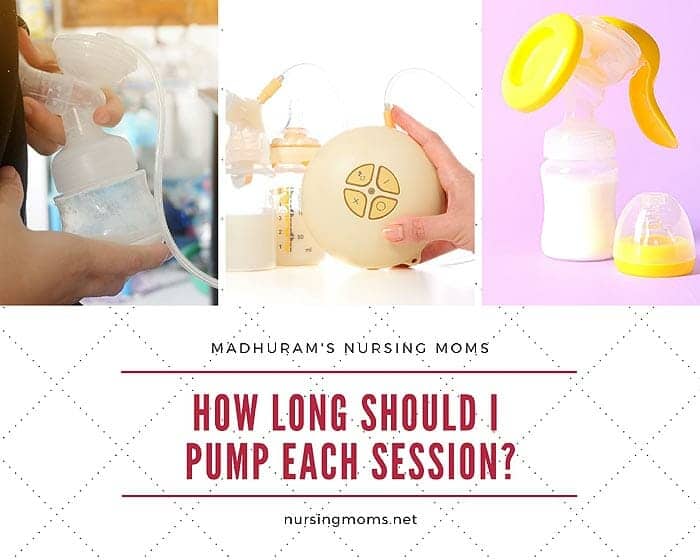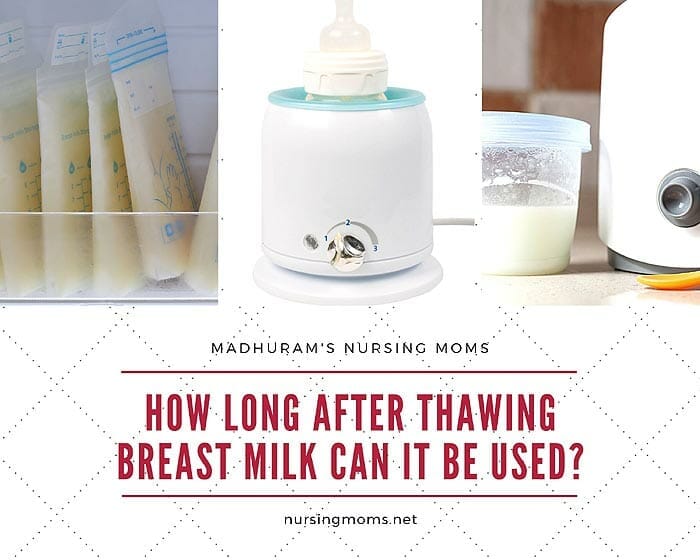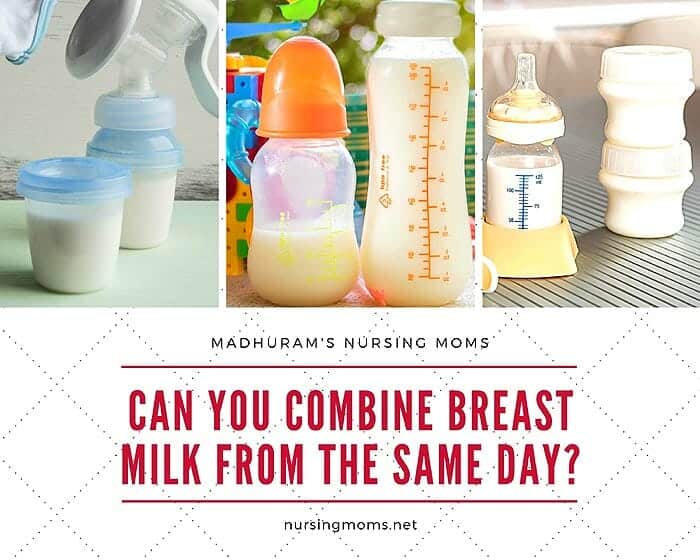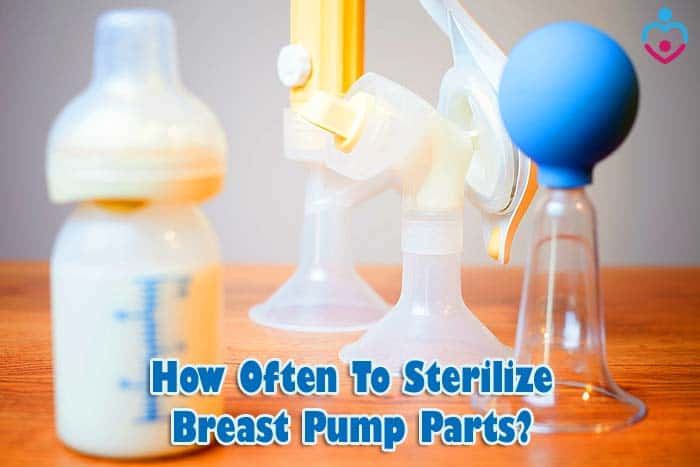
Condensation can often happen when using a breast pump. You will find this process familiar in nature as well as in several devices.
A breast pump is prone to condensation due to cold surfaces, humidity, and liquid traveling through its tubes.
Most breast milk pumps need to be cleaned mostly when condensation happens, so avoiding that might be the best option. Keep reading as we covered all the aspects regarding condensation.
Jump to:
How does condensation form in breast pumps?
When it comes to breast pumps, you will notice the condensation forms in the tubes or in the flanges.
- This is a result of the vapor of liquid being it milk or water, converting into droplets.
- Condensation can happen if the temperature is cool to the dew point or if the pump tubes and the flanges can't hold any more vapor.
- As a result of one of these processes, you will notice water or milk droplets on the tubes or flanges' walls.
Suggested Reading:
Condensation in breast pump tubing
Most often, the type of condensation when it comes to breast pumps happen in the tubes.
- That's where the breast milk travels to get from the flanges to the bottles or pouches you use.
- If you notice condensation happening in your breast pump tubes, you should clean them before you reuse the pump again.
- On the same note, you should allow the tubes to dry entirely once you washed them. Condensation can come from either water or milk.
- Another solution to apply if you notice condensation or moisture in your pump tubes is to allow the pump to run with the tubes attached to it.
- By doing so, you give time for the condensation to dry out before you can use your pump again.
Suggested Reading:
Condensation in breast pump flanges
At times, you might notice some moisture or condensation going on in the flanges of your pump.
- While this might not be the norm, it is still a possibility. Suppose your flanges are not a perfect fit for your nipples, and they are wider, for instance. In that case, this could facilitate condensation to happen.
- Suppose you notice condensation happening in your breast pump's flanges. In that case, you should clean them and allow them to dry out completely before you use them again.
- You want these flanges to have good suction, and if they are not completely dry, this will not happen.
Suggested Reading:
How to dry breast pump tubing?
Cleaning the tubing of your breast pump is essential to prevent mold or other types of contamination.
- To clean them, you will have to remove the flanges while the tubes remain connected to your pump.
- Now, you should allow the pump to run for a minimum of five minutes to get rid of the condensation.
- If this doesn't help you get rid of all the condensation, you can remove the tubes and twirl them with your hands.
Suggested Reading:
Why does milk get in Medela tubing?
At times, milk can get stuck on the tubing walls if you are using a Medela breast pump.
- However, this could happen regardless of the pump that you use. A common reason for this inconvenience is the way some mothers are holding the pump.
- If you are not holding it correctly, the tubes might get twisted, which will cause breast milk to get stuck in them.
- Another reason that can cause this problem is a malfunction of the valve.
- If your pump's valve is not working correctly, milk will not go through as it should, and it might get stuck into the tubes. Residue on the membrane is also a potential cause.
If you notice that you have this problem, inspect your pump parts' quality to make sure there is no tear in any of them or no residue.
If everything is working correctly, you might be holding the pump wrong. The correct position is vertical. You are sitting on a chair, bed, or sofa and the pump is perpendicular to your nipples.
Suggested Reading:
How to avoid the breast pump tubing condensation?
Avoiding condensation in your breast pump will be one of your primary purposes as you are using such a device.
- But unfortunately, avoiding condensation in tubes is difficult and nearly impossible.
- Keeping your tubing clean is one of the best things you can do to stay on top of condensation issues.
- As for the flanges, if you use the right size of flanges, you should significantly reduce the condensation risk.
Suggested Reading:
Should I dump the milk if the mold in breast pump tubing?
The short answer to this question is yes, you should get rid of the milk that has been contaminated with any kind of mold.
- It is also essential to wash the tubes once you eliminated the milk and allow them to dry before using them again.
- Do not give your baby any milk that got in contact with mold.
- Note than most tubes, as well as valves, should be replaced between 2 and 8 weeks.
- The frequency with which you replace these parts depends on how much you are pumping and how contaminated with the mold they are.
While condensation and moisture trapped in your breast milk pump can be a challenge, it is not one that you are not able to overcome.
Maintaining your pump parts clean and using your pump correctly are significant steps you should take to prevent and control condensation.
Check the manufacturer's website to find the best maintenance tips for your pump and respect the instructions to enjoy it in the best conditions for a longer time.
Suggested Reading:
Key References
- "How to Keep Your Breast Pump Kit Clean: The Essentials | Healthy Childcare | Hygiene | Healthy Water | CDC". Accessed October 11, 2020. Link.












Leave a Reply